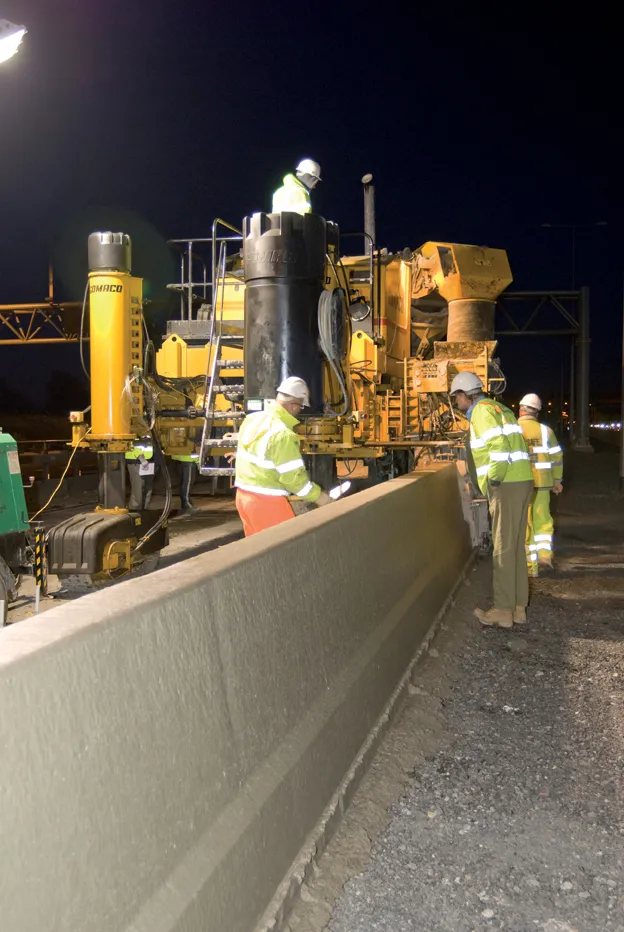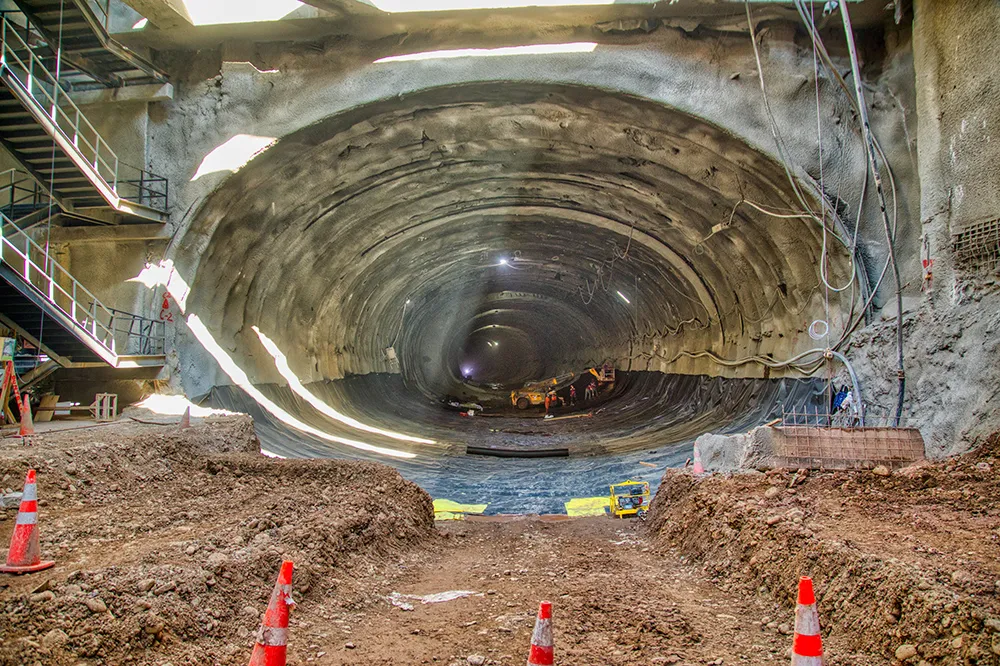In a bid to cut India’s high rate of road crashes, the country is working on much tougher penalties for offenders. Drivers that are underage or hold fake licences will face much heavier fines, as well as jail sentences of up to three years and one year respectively. Meanwhile tougher penalties will also be applied to vehicle repairers fitting fake parts, as well as for producers and suppliers of fake parts. Car manufacturers are also being targeted, with fines being imposed for vehicles featuring poor safet
June 7, 2016
Read time: 1 min
In a bid to cut India’s high rate of road crashes, the country is working on much tougher penalties for offenders. Drivers that are underage or hold fake licences will face much heavier fines, as well as jail sentences of up to three years and one year respectively. Meanwhile tougher penalties will also be applied to vehicle repairers fitting fake parts, as well as for producers and suppliers of fake parts. Car manufacturers are also being targeted, with fines being imposed for vehicles featuring poor safety features. This last move comes after the publishing of impact test results for a number of popular models on sale in India, which revealed a horrifyingly low standard of crash protection.








